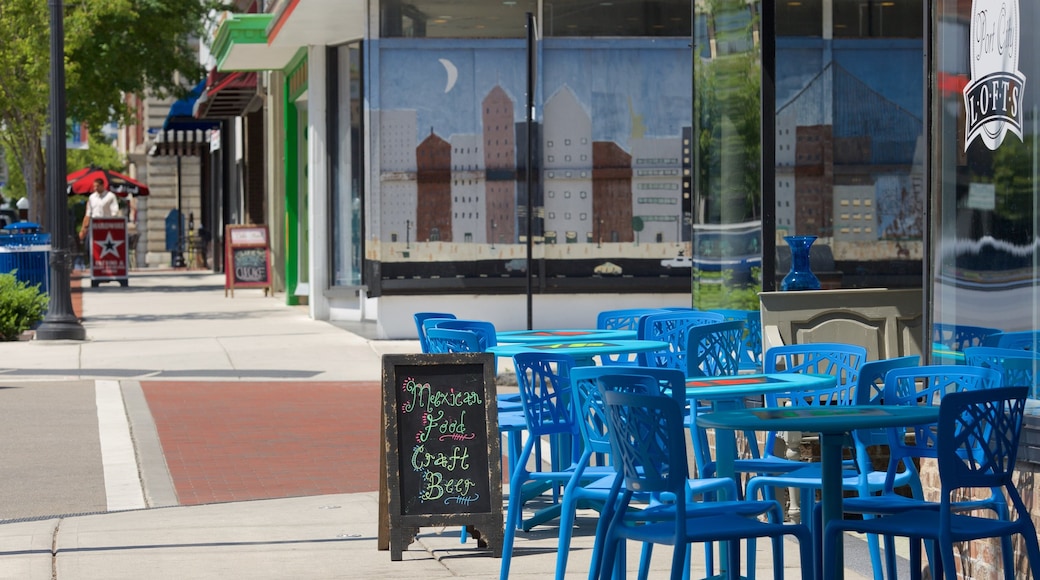The city of Wilmington lies on the Cape Fear River on North Carolina’s eastern coast. One of its main attractions is the 1-mile-long (1.6-kilometer) Riverwalk. Several scenic beaches are just outside the city.
Due to its proximity to the Atlantic Ocean, much of the local economy relies on the port trade. A thriving film and television industry has developed as well. Wilmington has many museums, cultural centers and a World War II battleship that has been converted into a war memorial.
Attend a theatrical event at Thalian Hall, the city’s main center for the performing arts. The structure’s majestic façade has striking columns and a grand pediment. Appreciate the elaborate décor as you walk through the spacious building, which dates back to 1858. Attend one of several weekly productions across the three main venues.
See the USS North Carolina battleship at the port. Imagine the ship in use during World War II as you pass through nine levels and the crew’s living quarters. Tour the entire ship, including the engine room, to learn about the functions and missions of this gigantic battleship.
Visit the large historic district of the city, which comprises around 230 blocks. Dine at a restaurant on the bank of the Cape Fear River. Browse the items offered at the boutiques along the boardwalk.
Try the Riverwalk for excellent views of the city’s river and a romantic sunset. The nearby Cotton Exchange of Wilmington is a shopping center consisting of historical 19th and early 20th-century buildings.
Enjoy a peaceful afternoon at Airlie Gardens. Take a tram through the picturesque grounds.
Summers are hot and very humid in Wilmington, while winters are mild. Reach the city by land, water or air. Fly into the international airport, drive or take a bus or dock your boat at one of the nearby beaches.
Wilmington is a laid-back region that attracts travelers with its blend of scenic landscape and historical monuments.













